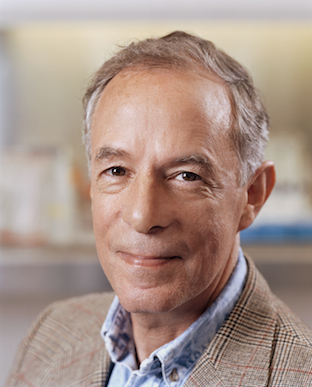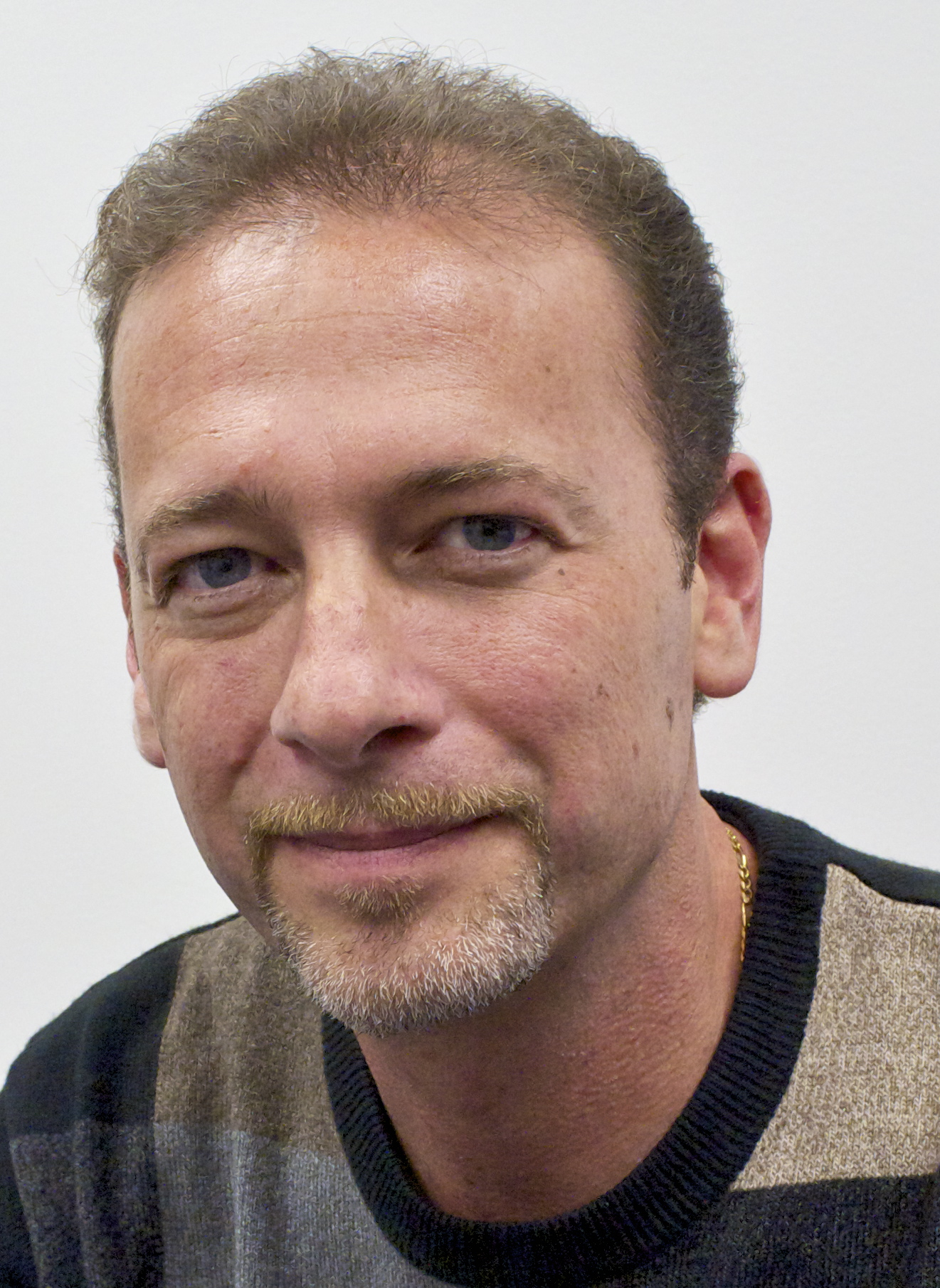Azevan Pharmaceuticals is currently in Phase Two of clinical trials for a drug that its founders hope will help patients with mood disorders, including intermittent explosive disorder and PTSD.
Dr. Michael Brownstein, one of the co-founders of the company, has an extensive background in neuropharmacology, including a fellowship at the National Institutes of Health under Nobel Prize-winner Julius Axelrod.
While working at the NIH in various capacities, he and his colleagues made discoveries about vasopressin, also known as the anti-diuretic hormone (ADH), that led to the development of SRX-246, a completely new psychotherapeutic compound.
Brownstein, who has co-founded several successful bio-pharmaceutical companies, and his co-founder Neal Simon hope to finish Phase Two in the next three or four years, and then move into Phase Three. If they are right about the drug, many people with these disorders will find relief for the first time.
Tell me about the physiology behind this drug.
There are some cells in the brain that make a hormone called vasopressin. It’s released into the bloodstream when you’re dehydrated, so it’s a good thing to have if you’re in the desert. It acts on the kidney to cause it to retain water.
But it was discovered some years ago that it probably has additional actions. Part of the discovery came from the identification of its receptors. If vasopressin is a key, the receptors function as a kind of lock. When you put the key into the lock and turn it, you trigger physiological processes in cells that have the receptor.
That was one of the things I studied at the NIH, along with several of my colleagues. We identified three different receptors for vasopressin, and one receptor for a closely related peptide hormone called oxytocin.
The receptor in the kidney that’s responsible for the anti-diuretic effect of vasopressin is called the V2 receptor. But there are two other receptors as well: one that is responsible for the “pressor” action, which is the blood-pressure-increasing action; the other is responsible for the action that vasopressin has on the anterior pituitary to release ACTH, a hormone that controls the adrenal gland and stimulates steroid secretion.
One of the striking things about the V1a receptor (the blood pressure one) is that it’s widespread in the brain as well. That interested Gary Koppel, who at the time was working at Eli Lilly. He started looking for drugs that might inhibit the activities of vasopressin in the brain. He developed the first generation of the V1a receptor antagonists and showed that they had interesting effects on animal behavior.
How did Azevan Pharmaceuticals start?
Koppel, Neal Simon and Craig Ferris decided to put a company together to develop the drug. I couldn’t be a very active participant in that company because the NIH didn’t really allow outside activities much. (Koppel still collaborates on company projects, but is no longer an active partner, and Ferris is no longer with the company.)
That company was called Serenex, because one of the things the drug seemed to do was make animals more serene and less aggressive. But when the company took a Series A round of money in about 2005, we were encouraged to change its name because there was a drug with a similar name. We changed it to Azevan; the name is related to the structure of the compounds we were developing.
Since that time, when we got the first round of money with the help of the folks at Ben Franklin Technology Partners of Northeast PA, and set up labs at Lehigh University, the company has done a lot of studies in animals. These have all suggested that a V1a receptor antagonist might be useful for treating stress-related disorders, and irritability, anger and aggression.
Did you take advantage of any resources to get the company off the ground?
There was funding from the state of Pennsylvania through Ben Franklin, and at the same time they introduced us to other potential funders. We also took venture funds from a group of investors, led by Ascent Biomedical Ventures.
We also had some issues actually finding talent qualified enough to work with the company because what we were working on was quite niche. In the end, we worked with a pharma recruiter to find people who had the experience we were looking for. Our advice to other companies in our position is to take advantage of recruiters like Lenox Executive Search as they make the process a lot easier, especially when there’s a talent shortage.
We got lab space from Ben Franklin, and funding from the Pennsylvania Life Sciences Greenhouse initiative. Our location at Ben Franklin Tech Ventures at Lehigh University, with offices and labs, is incredibly advantageous for us, because not only do we have a nice space to work in for a reasonable price, but we also get help from the university, such as help with IT and animal space.
In addition, we have received NIH grants; that’s been very important for us.
Where are you in your development process now?
We have completed Phase One clinical safety studies, showing that the compound is safe and reasonably well tolerated by people in the small study group. We’re in the middle of Phase Two studies using a larger group of people, including more safety studies and also a study using brain imaging to show that when we give the drug, it affects circuits that are known to be involved in regulating mood and irritability.
Now we’re recruiting people who have intermittent explosive disorder. People who have this problem have very short tempers, tend to be fairly abusive, and have trouble holding jobs and staying in marriages.
We’d also like to try this drug in patients in the early stages of Huntington’s Disease and in people with PTSD. It depends on whether we can get funding for all of these studies. If we can, we want to look at as many of them in Phase Two as we can.
Our main collaborator is the University of Chicago, but we have involved two other universities in the studies as well: Mt. Sinai and Brown medical schools.
What has been the biggest challenge so far?
This is a very difficult area to work in. One of the other companies I created focused on cancer drugs. With those you have some real advantages because you often know the mechanism that’s driving the cancer. You can find cancer cells and grow them in a culture and apply your drug to them, or you can take the same cells and inject them into animals and make tumors and treat them.
You can’t do any of those things when you’re studying behavior. The history of the development of psychiatric drugs is one of exploitation of serendipity, for the most part. If you look back across almost all of the drugs in use today, their origins were in fortuitous, accidental observations, not unlike ours.
We still don’t completely understand how [psychiatric] drugs work, and except in general terms, we can’t describe how our drug works. We hope that in the future we will understand how the brain works — and how it goes wrong — well enough to rationally develop drugs to treat behavior.
If we’re right, this will help a lot of people. If we’re wrong, then all the eggs that we have put in that basket won’t be worth very much. But if people don’t take these risks, we’re not going to have any genuinely new drugs.
Writer: Susan L. Pena



